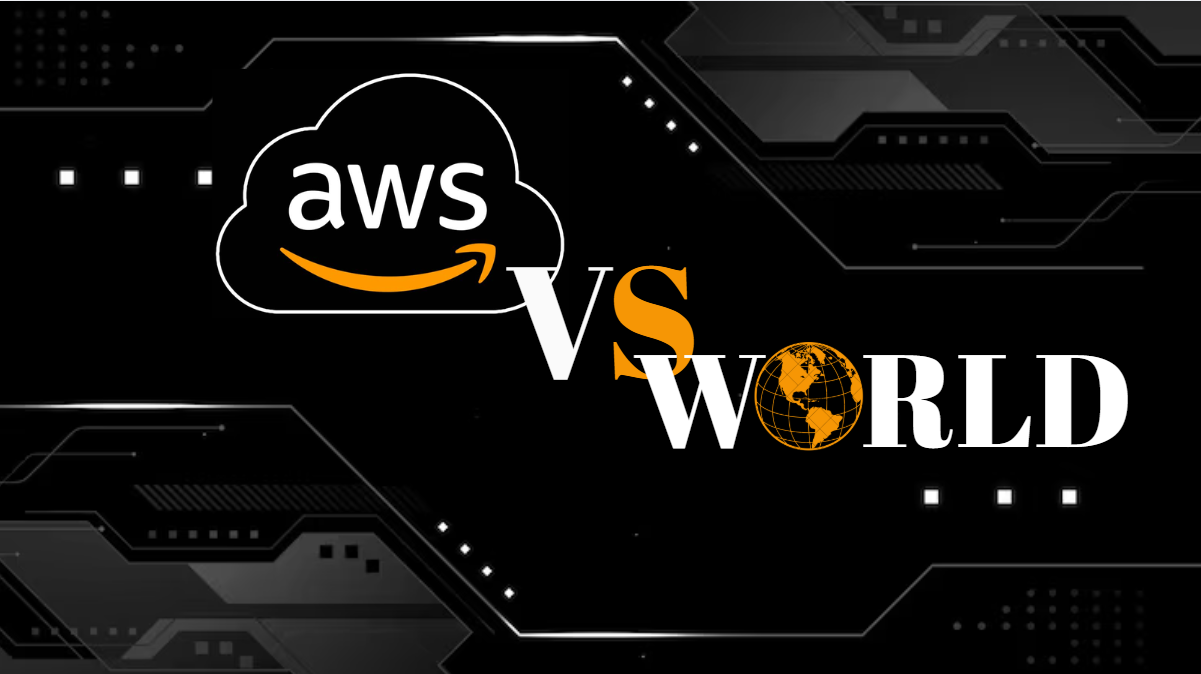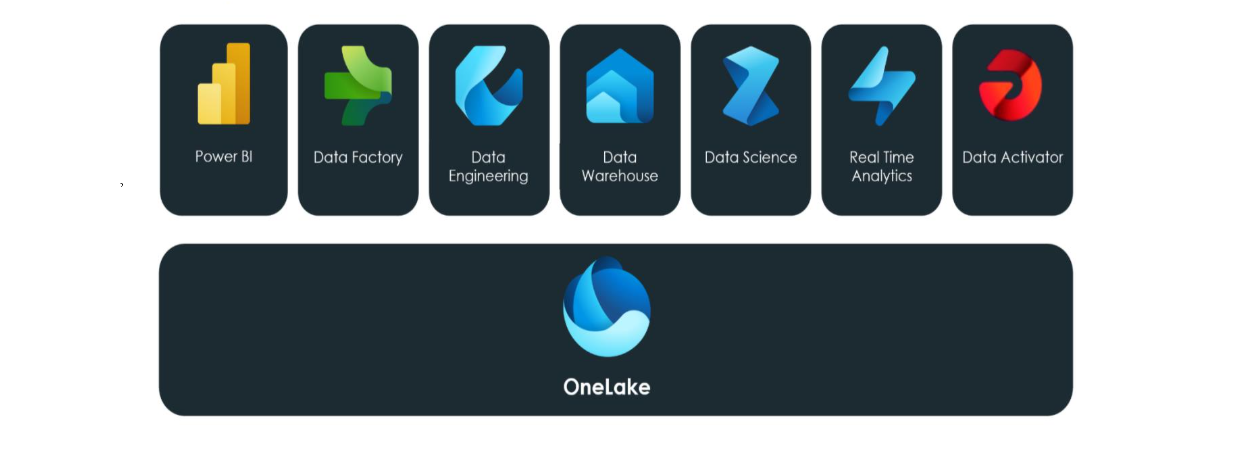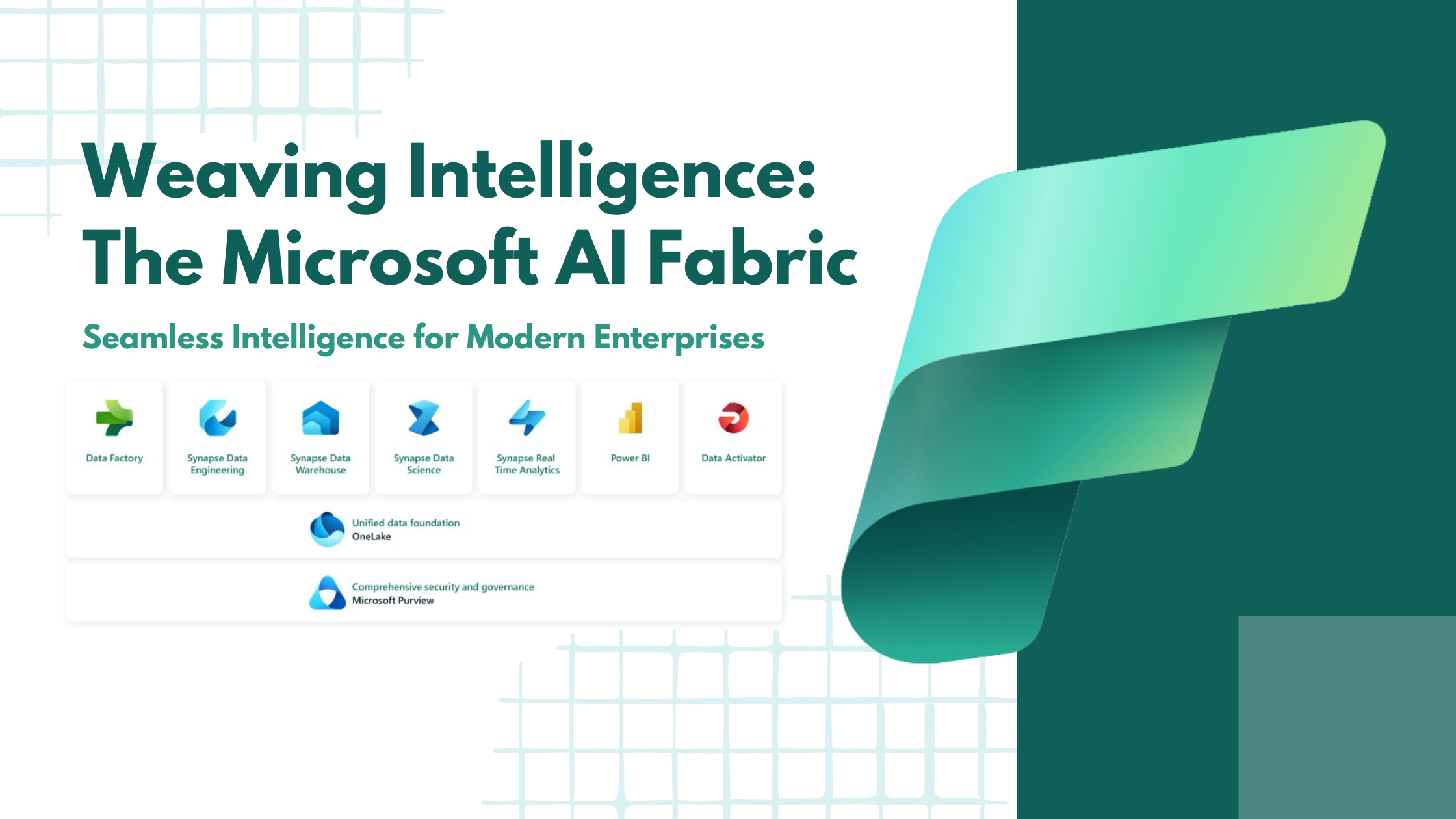When people talk about Inventory Optimization (IO), there are probably many definitions behind it: it could mean reducing forecast error with better demand planning, or establishing better inventory target levels, or even improving daily inventory management. Over the past decade, the term has moved from a theoretical construct to a practical tool that improves corporate profitability.
Generally speaking, the business process of scientifically determining the right inventory levels across the supply chain has never been easy. IO often presents challenges, as consumer goods companies attempt to balance the volatility of supply and demand for their products, with their capital investment constraints (or objectives), and service-level goals across a large assortment of inventory items. The underlying drivers of inventory, in the form of demand and supply variability, are common to all supply chains, making Inventory Optimization applicable to every industry.
Advanced tools now are available to help companies completing the job faster, more accurately, and with greater business impact. In fact, the value from IO is well recognized by the big players of the manufacturing industry. CNH Global executed a postponement strategy that reduced total inventory by 20 percent for its line of compact tractors, Microsoft increased inventory turns 18-20 percent while simultaneously increasing fill rates by 6-7 percent, and Procter & Gamble reduced inventory levels by $100 million for its beauty division.

Efficiently managing the supply and demand of products is a balancing act – an imbalance can be costly to manufacturers with out-of-stocks or excess inventory. Through consolidating and analyzing market and product data, we provide business intelligence solutions to predict market demands and align the production with sales volumes, helping companies to forecast scenarios and discover patterns in consumer purchasing behavior.
Another emerging trend is that consumer goods manufacturers now work much more closely with their retail partners in all facets of the consumer experience including merchandising, store operations and replenishment. Today, retailers’ top supply chain priorities have turned to store-level replenishment and reducing out-of-stock levels. Indeed, manufacturers seeking a competitive advantage are actively taking on these additional responsibilities.
How can you proactively optimize levels of inventory to better balance service levels and cost? How can manufacturers cooperate with retail partners on replenishment to guarantee market demands and needs? For more information, connect with Cresco.










